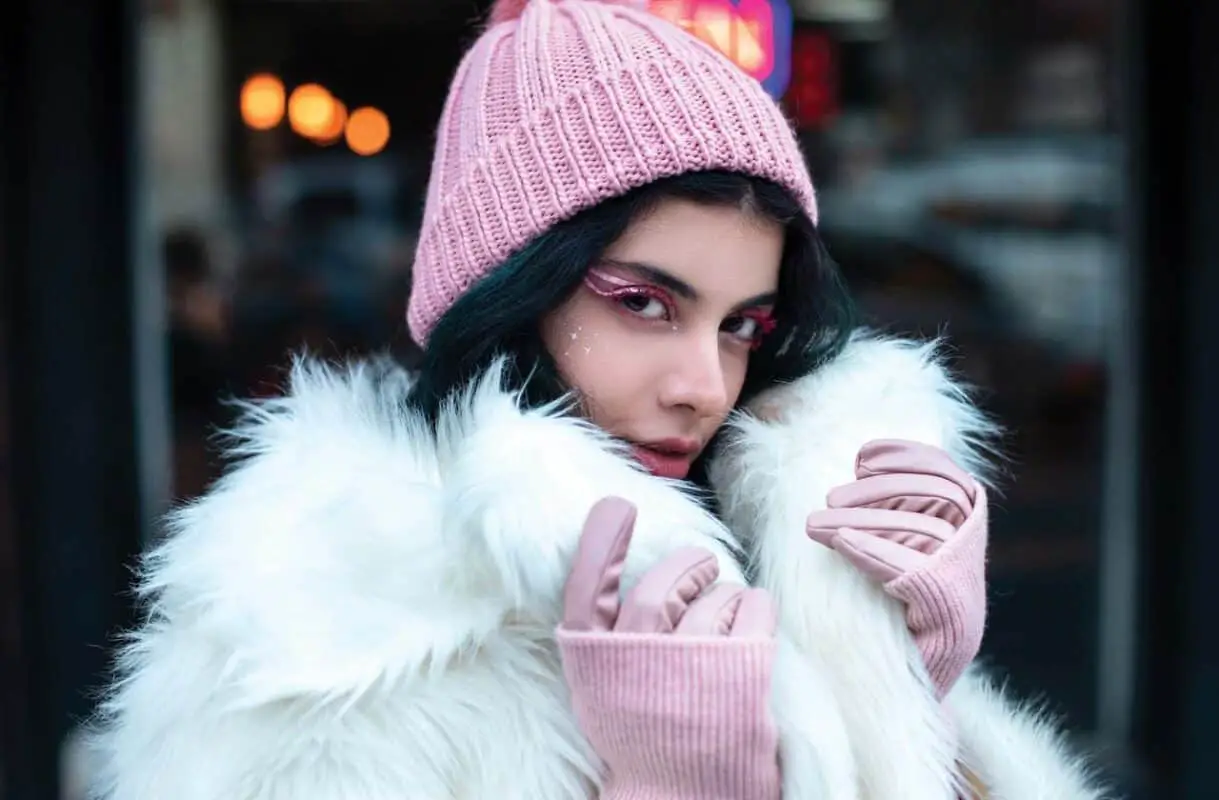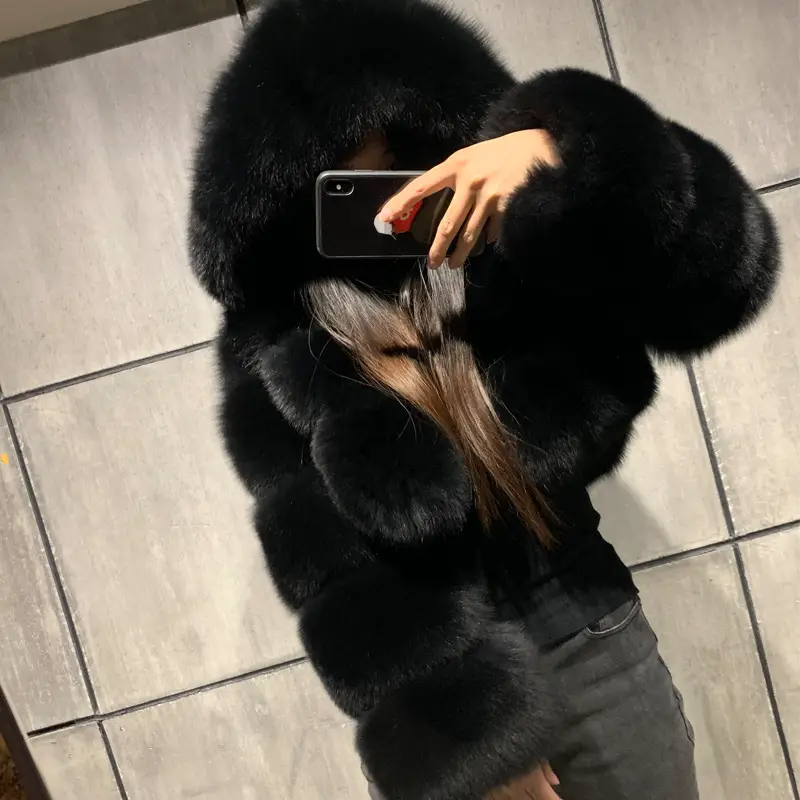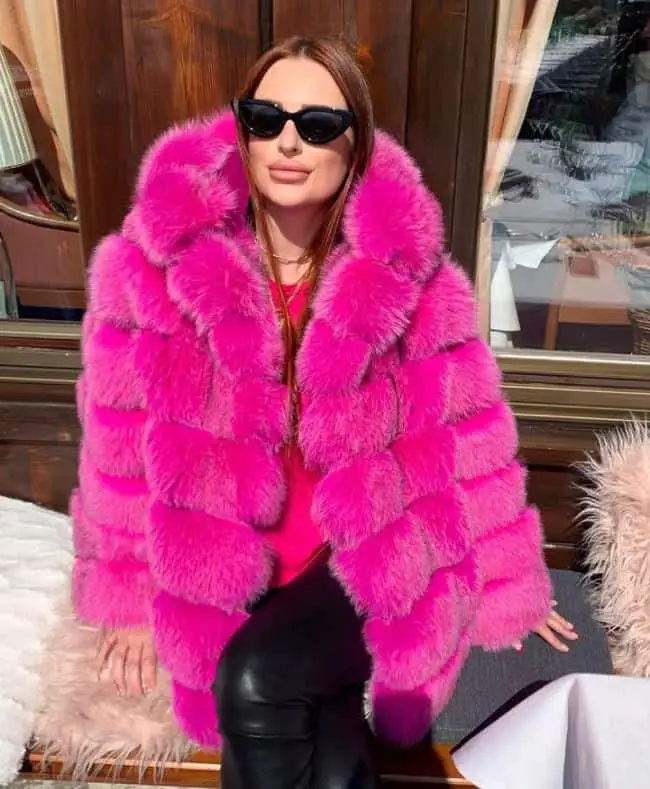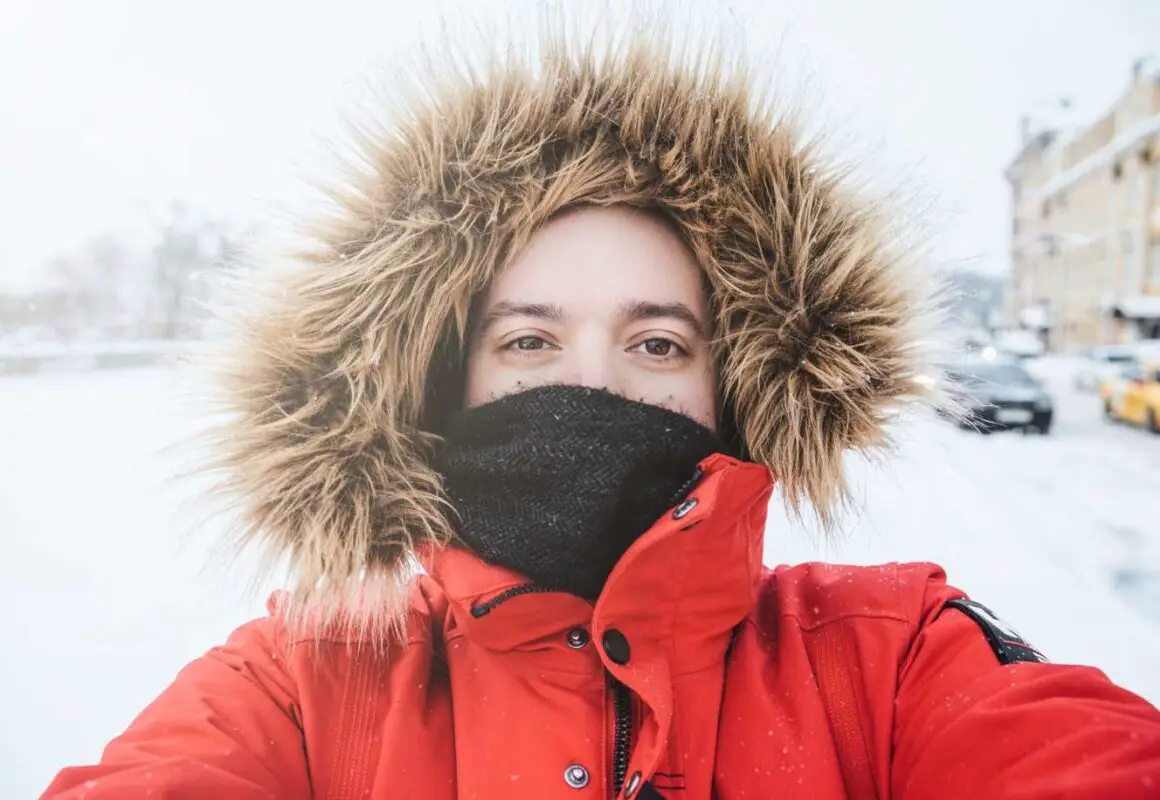Are you wondering why some jackets have fur on the hood? This article will delve into the reasons behind this design choice, providing insight and shedding light on the controversy surrounding it.
In a world where fashion and ethics often clash, understanding the purpose of fur on jackets is essential for making informed choices.
Jackets have fur on the hood for insulation, wind protection, and snow resistance. It serves both functional and fashion purposes, providing warmth and style in colder climates.

What is the Purpose of Fur on Jackets?
Have you ever wondered why some jackets have fur on the hood? Is it just for fashion or is there a practical purpose behind it?
In this section, we will explore the different reasons why fur is added to jacket hoods. From providing insulation and protection from wind and snow, to simply enhancing the aesthetic appeal of the jacket, we will uncover the various functions that fur serves on jackets.
1. Insulation

Insulation in fur jackets helps to keep you warm during cold weather by retaining body heat. Fur traps air within its fibers, providing a layer of insulation against low temperatures.
Natural fur, such as mink or fox, offers superior insulation due to its dense, insulating properties.
In the early 1900s, fur jackets became a symbol of luxury and status, with fashion icons popularizing fur as a stylish and functional choice for staying warm in colder climates.
2. Protection from Wind and Snow

The fur on the hood can help break the wind and create a barrier, reducing the wind chill effect. This is particularly useful in colder climates where strong winds can make the temperature feel even colder.
Fur-trimmed hoods on jackets can provide snow protection as well. The insulating properties of fur can help prevent snow from accumulating on the hood and around the face. The fur acts as a barrier, keeping snow from directly contacting the face and helping to maintain warmth by trapping heat.
3. Aesthetic Appeal

Fur-trimmed hoods are also popular for fashion reasons. They add a stylish and luxurious element to the jacket, enhancing its overall appearance. The fur can be a design element that contributes to the jacket’s aesthetic appeal, making it more attractive to consumers.
- Color and texture: Fur adds variety with different hues and textures, such as the luxurious sheen of mink or the fluffy softness of fox fur.
- Fashion statement: Fur enhances the visual appeal of jackets, creating a sense of luxury and elegance, and making a bold fashion statement.
- Customization: Fur on jackets allows for personalization, enabling individuals to express their unique style and preferences.
Types of Fur Used on Jackets
When shopping for a new jacket, one may notice that some options come with fur on the hood. However, not all fur is created equal.
In fact, there are two main types of fur that are used on jackets – natural fur and faux fur.
1. Natural Fur

Natural fur, obtained from animals such as mink, fox, chinchilla, and sable, is a premium choice for clothing items. The fur is often ethically sourced, with a focus on treating the animals humanely.
After the animals are carefully skinned, the fur undergoes processing to create soft and warm material used for jackets.
When considering natural fur, it’s important to prioritize ethical sourcing and choose sustainable options to minimize environmental impact.
2. Faux Fur

Synthetic fibers like acrylic, modacrylic, and polyester are woven into a fabric base to create faux fur. Faux fur is dyed to resemble various animal fur colors such as mink, fox, or chinchilla.
The faux fur fabric is then cut into pattern pieces and stitched together to form the final garment.
Fact: Faux fur has become increasingly popular due to its cruelty-free and sustainable nature.
Read Also: What Are Fake Fur Coats Made Of?


